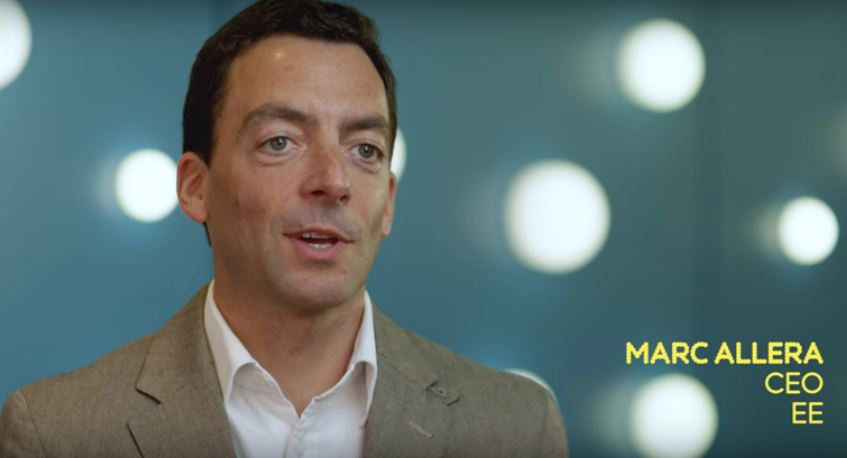
EE plans to roll out 4G to 95 percent of the UK, in its first plans announced since its acquisition by BT was approved.
The expansion of EE’s coverage, which currently reaches 60 percent of the UK landmass, will aim to eliminate areas with no coverage, or ‘not-spots’, in rural areas.
Requiring more than 750 new sites to be built, EE says that the project will extend coverage further than any 2G or 3G signal today.
There are several reasons why EE would want to build a stronger and more pervasive backbone of 4G in the country.
4G provides faster data access and as voice traffic is moved onto the network it can offer better call quality. However, while the operator is trialling the technology, it is not yet clear when EE will launch voice over 4G.
In December, EE was awarded the UK’s Emergency Services contract, meaning it will now carry the mobile communications on its 4G network. The expansion of coverage will ensure EE can deliver the breadth of connectivity needed.
The operator also announced that it would be onshoring all of its customer service call centres by the end of the year, with 600 new roles being created.
Kester Mann, Principal Analyst at CCS Insight, said that this move was a response to "a number of recent challenges" to its customer service performance, citing figures by Ofcom showing that it has generated above the industry average for complaints.
BT’s £12.5 billion acquisition of EE was cleared by the Competition and Markets Authority (CMA) in January, after the CMA found no serious lessening of competition in any of the markets in which the two players operate.
Mann noted that there appears to be little deviation in EE’s strategy under new CEO Marc Allera and under the BT Group.
"Its principal ambition clearly remains to offer a market-leading 4G network," he said.
Back in November 2015, then-CEO Olaf Swantee pledged that the BT buy would "allow a network that fundamentally has no defects."






